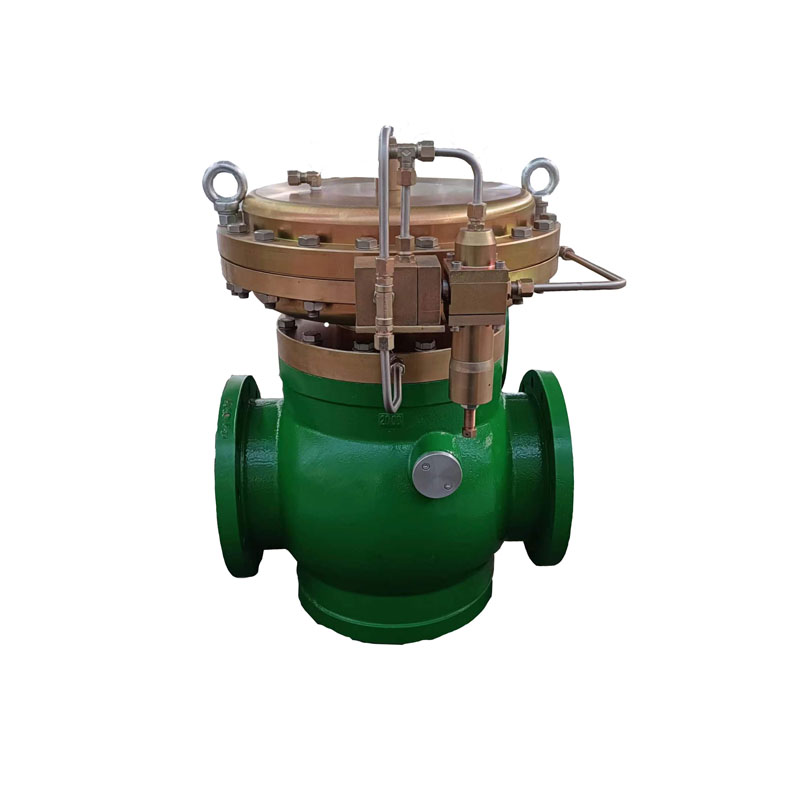
Dec . 04, 2024 10:14
Back to list
pneumatic control valve
Understanding Pneumatic Control Valves An Essential Component in Automation
Pneumatic control valves are critical devices in numerous industrial applications, acting as the backbone for automated systems. Their role is to regulate the flow and pressure of air in pneumatic systems, ensuring efficiency and reliability in operations. This article will explore the functioning, types, and significance of pneumatic control valves in various industries.
What is a Pneumatic Control Valve?
A pneumatic control valve is a mechanism that controls the flow of compressed air or gas in a system. It operates using the principles of fluid mechanics and is usually controlled by a pneumatic actuator. These valves can adjust the flow rate, regulate pressure, and direct airflow to different parts of a pneumatic system, making them essential in numerous applications, including manufacturing, robotics, and food processing.
How Do Pneumatic Control Valves Work?
The operation of a pneumatic control valve generally involves an actuator that responds to signals from a control system. This actuator can be driven mechanically, electrically, or pneumatically. When the control system sends a signal, the actuator moves the valve stem, allowing or restricting the airflow.
The design of these valves may vary but typically includes rotary or linear types depending on the required function. The movement of the valve can be proportional, on-off, or modulating, allowing for precise control based on the application needs.
Types of Pneumatic Control Valves
Pneumatic control valves come in various types, each designed to meet specific operational criteria
1. Globe Valves These are ideal for throttling purposes. Their design allows for fine adjustments in flow control, making them suitable for systems requiring precise flow regulation.
2. Ball Valves Known for their quick operation and tight sealing, ball valves are excellent for on-off control in pneumatic systems. They can open or close the flow with minimal resistance.
pneumatic control valve

3. Butterfly Valves These are advantageous in applications requiring larger flow rates. They offer a compact design and can be operated with less force than other valve types.
4. Solenoid Valves These valves are operated by an electromagnetic solenoid. They are commonly used in automated systems for fast and reliable switching.
5. Check Valves Essential for preventing backflow, check valves ensure that air or gas flows in one direction only. This is crucial in maintaining system integrity and performance.
Applications of Pneumatic Control Valves
Pneumatic control valves find applications across various sectors. In the manufacturing industry, they facilitate the operation of machinery and assembly lines, ensuring efficient handling of materials. In industrial automation, these valves play a vital role in controlling pneumatic actuators, enabling precise movements and processes.
In the food and beverage industry, pneumatic valves are employed to manage the mixing and packaging processes while maintaining hygiene standards. Additionally, in the pharmaceutical industry, they help in controlling processes that require strict adherence to safety standards.
Importance of Pneumatic Control Valves
The significance of pneumatic control valves cannot be overstated. They enhance the efficiency and reliability of pneumatic systems, leading to increased productivity. Furthermore, these valves contribute to energy savings by optimizing airflow and reducing waste.
Moreover, proper selection and maintenance of pneumatic control valves lead to improved system performance and longevity. Industries that invest in high-quality valves and proper installation practices often see lower operational costs and minimal downtime due to equipment failure.
Conclusion
Pneumatic control valves are vital components in a wide array of industrial applications, optimizing performance and maintaining system integrity. Understanding their functionality, types, and applications is essential for engineers and operators working in automated environments. As industries continue to evolve toward greater automation and efficiency, the role of pneumatic control valves will only become more critical, driving innovation and productivity across the board. By emphasizing quality and precision in these components, companies can ensure reliable operations and a competitive edge in their respective markets.
Next:
Latest news
-
Safety Valve Spring-Loaded Design Overpressure ProtectionNewsJul.25,2025
-
Precision Voltage Regulator AC5 Accuracy Grade PerformanceNewsJul.25,2025
-
Natural Gas Pressure Regulating Skid Industrial Pipeline ApplicationsNewsJul.25,2025
-
Natural Gas Filter Stainless Steel Mesh Element DesignNewsJul.25,2025
-
Gas Pressure Regulator Valve Direct-Acting Spring-Loaded DesignNewsJul.25,2025
-
Decompression Equipment Multi-Stage Heat Exchange System DesignNewsJul.25,2025

